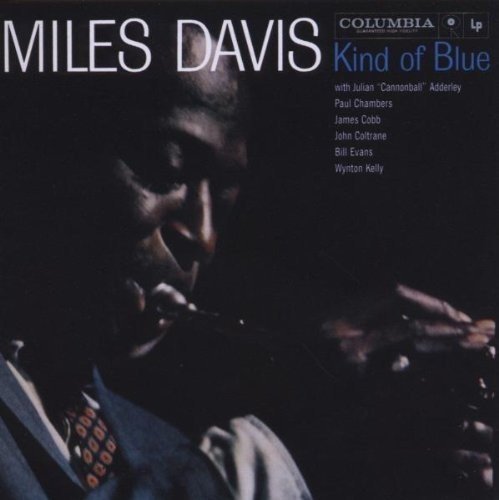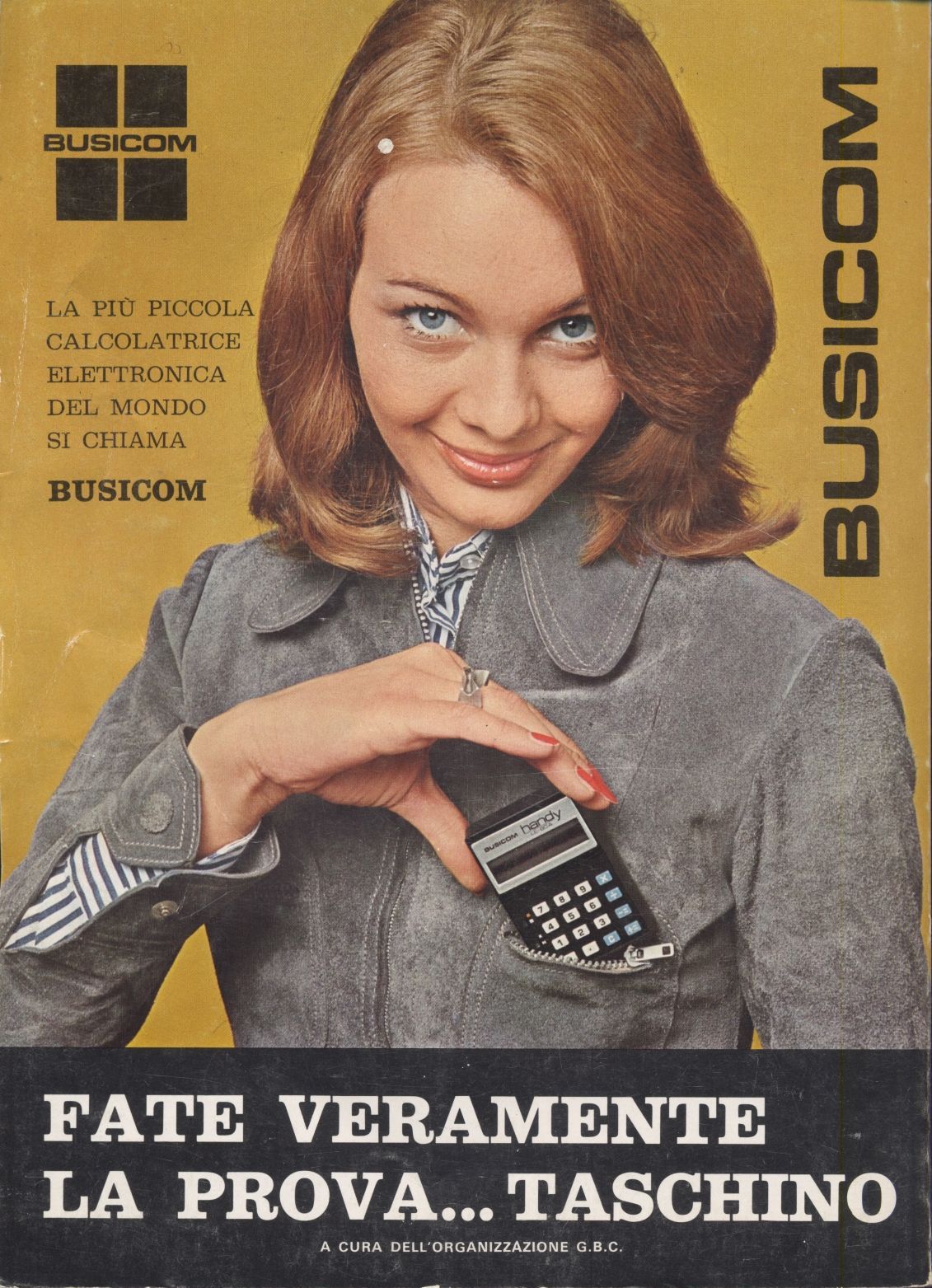A Genealogy of Blue

Even colors have histories, and what vibrant histories they are. French historian Michel Pasteureau’s Blue: The History of A Color (he’s also done histories of red, green, and black) is capably reviewed by Jesse Russell in the Claremont Review of Books in an essay called “The Colors of Our Dreams.” Russell offers the following luminous details.
Blue was once little-known in the Western palette. Homer’s sea was “wine dark”; blue would not be used as water’s color until the seventeenth century. It has evolved from its original association with warmth, heat, barbarism, and the creatures of the underworld, to its current association with calm, peace, and reverie. Like the unruly green, the Romans associated blue with the savage Celtae and Germani, who used the woad herb’s rich leaves for their blue pigments. These northern barbarians also painted themselves blue before war and religious rituals. The ancient Germans, according to Ovid, even dyed their whitening hair blue.
The Romans, in contrast, preferred the color red—the Latin word, “coloratus” was synonymous with that for red, ruber. The Romans and Greeks did import lapis lazuli, the exquisite blue rock, from exotic locals such as China, Iran, and Afghanistan. But neither used the barbaric blue for important figures or images, saving it for the backgrounds for white and red figures. Even the Greek words for blue, like the names of colors in the Bible, largely were meant to evoke certain states or feelings as opposed to exact visual colors. Blue, like green, was the color of death and barbarism. The nobler colors—white, red, and black—were preferred.

Blue’s fortunes changed in the Middle Ages when it became associated with both the heavens and heaven, and particularly an association with the Virgin Mary. French royalty adopted blue as their official color; and in modernity, the introduction of indigo from the Americas and the invention of Prussian blue in the early 18th century helped cement blue (along with white and red) as part of a tripartite color scheme that gave us the flags of Great Britain, the United States, and France.
And then along came Goethe:
By the mid-nineteenth century, blue became a Romantic symbol of melancholy. Among those guilty of luring the moody young to dress in blue was Wolfgang von Goethe who, in The Sorrows of Young Werther, depicted his title character in a blue coat. This, coupled with Werther’s untimely death, inspired a craze for blue coats and a mania for suicide among melancholy European youth. Werther’s blue jacket was matched by the blue flower in Novalis’s unfinished posthumous piece Heinrich von Ofterdingen, which narrates the tale of a medieval troubadour who seeks out the flower as a symbol of the authentic life of beauty and art. Young, melancholic Frenchmen were doubly encouraged in their swooning by the closeness shared by the French word for blue flower, “ancolie,” and the ending of “mélancholie.”
From Romanticism’s murky forest a host of verbal expressions bloomed, linking blue with odd, melancholic reverie. Fairy tales were known as “blue tales”; to be terribly drunk in German became known as “being blue” or “Blau sein”; and the “blue devils,” from which we get the great American expression (and musical genre) “the blues,” meant to be afflicted with a lingering sadness.

Blue has a curious oscillation between conservativism and rebellion, perhaps especially in France, but throughout the world:
The navy blazer, a sign of conservativism and preppy formality in the twentieth century, was once a mark of the avant garde Westerner, adorned in what became known as “sportswear.” Aspiring radicals wore blue jeans, made from denim dyed with indigo, but ultimately derived by Levi Strauss from the pants made from tent canvas for California prospectors. Eventually, jeans became leisurewear for Americans from the East Coast who wanted to dress like the cowboys of the increasingly tame “wild west.” As the tides of early twentieth-century fashionable rebellion swelled, blue jeans were given the stamp of haute couture in a famous 1935 edition of Vogue, and, after World War II, were a symbol of rebellion and nonconformity—especially in newly liberated Europe. But in the West, jeans eventually became blasé (but comfortable) everyday wear when everyone—even conservative squares—started wearing them. This did not stop blue jeans from becoming symbols of rebellion in Communist countries during the heady days of glasnost and perestroika, and later in the Muslim world a symbol of youthful rebellion.
Taken together, the genealogy of blue is a history of finding meaning in difference, whether it was the Germanic blue facing off against the Roman red, the vibrant blue jacket against the staid black coat, or the heavenly Marian apparition set off against the profane, multicolored world below.
(Via The Browser.)






Stay Connected